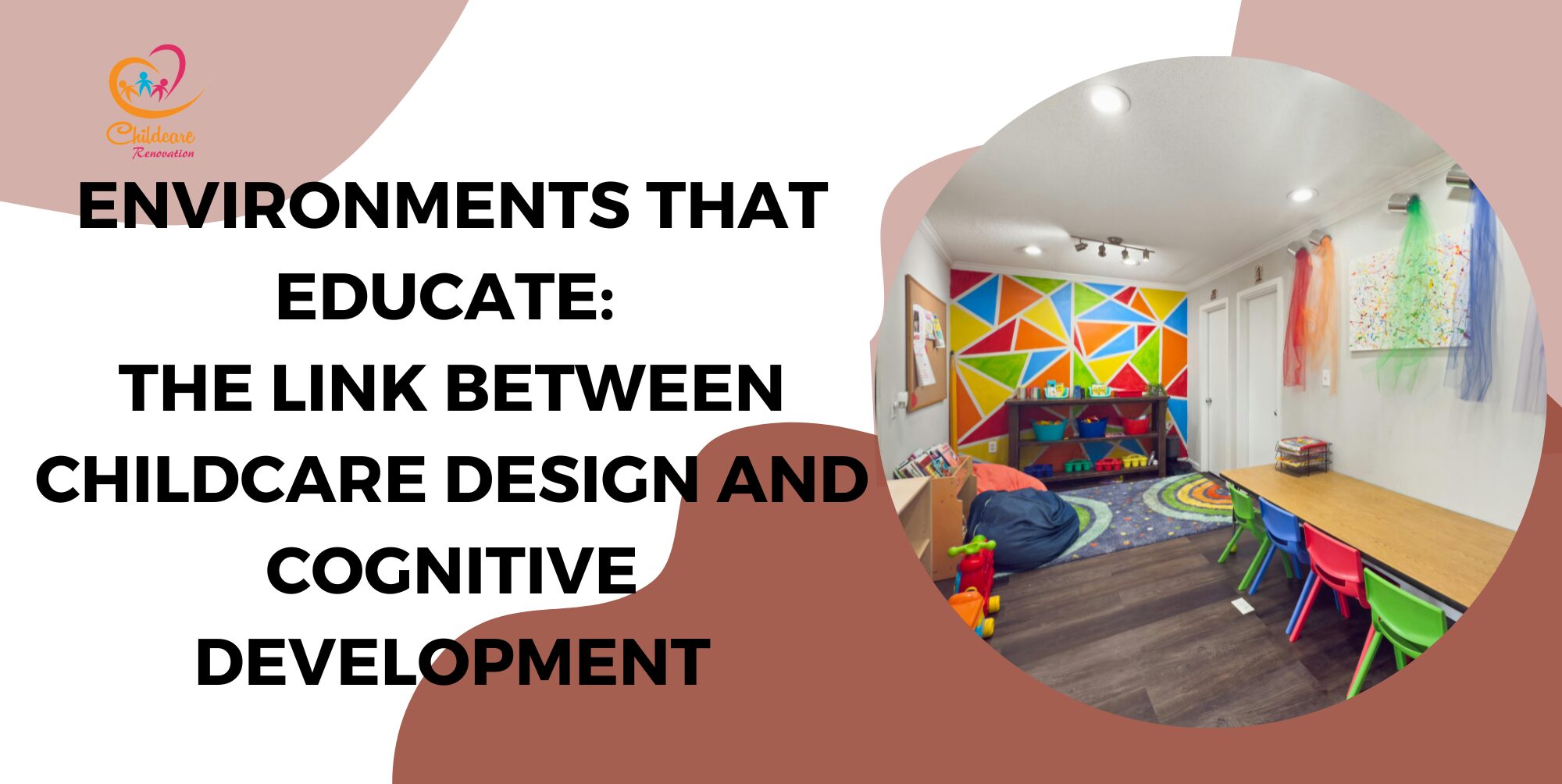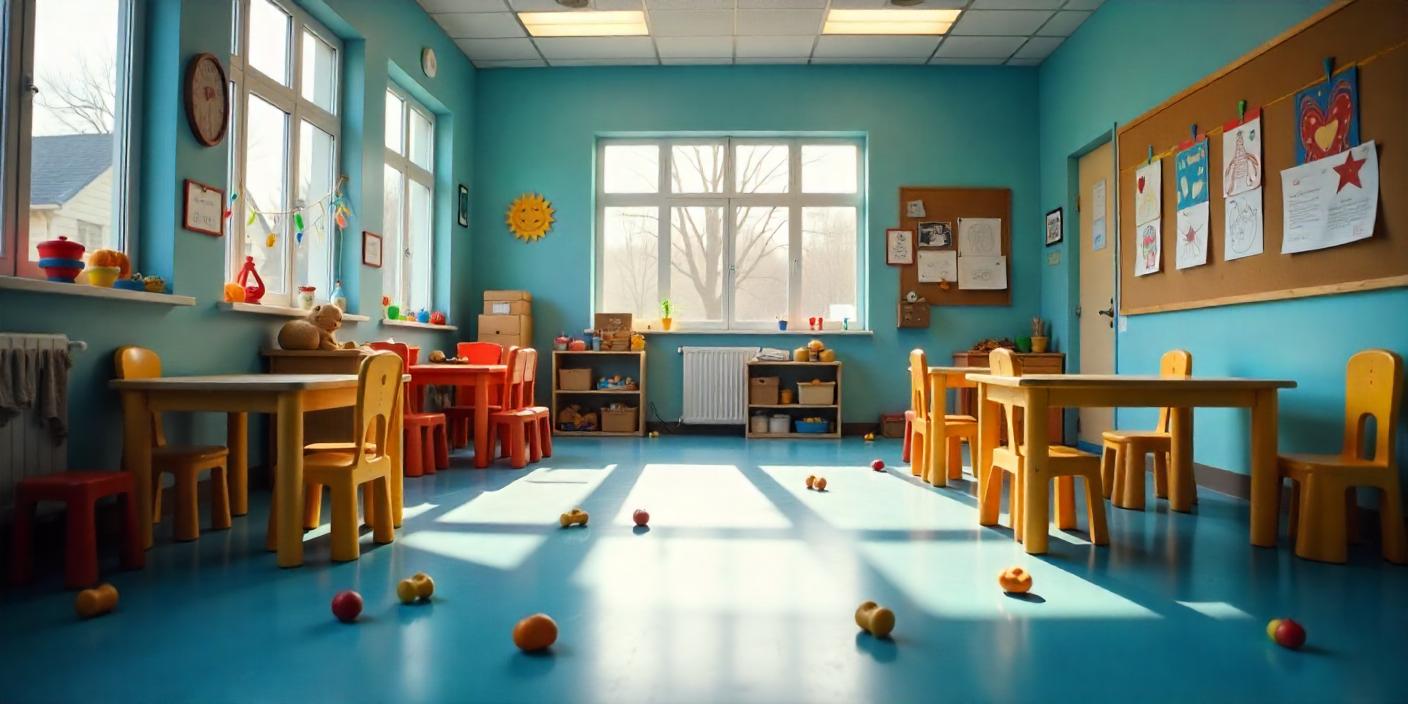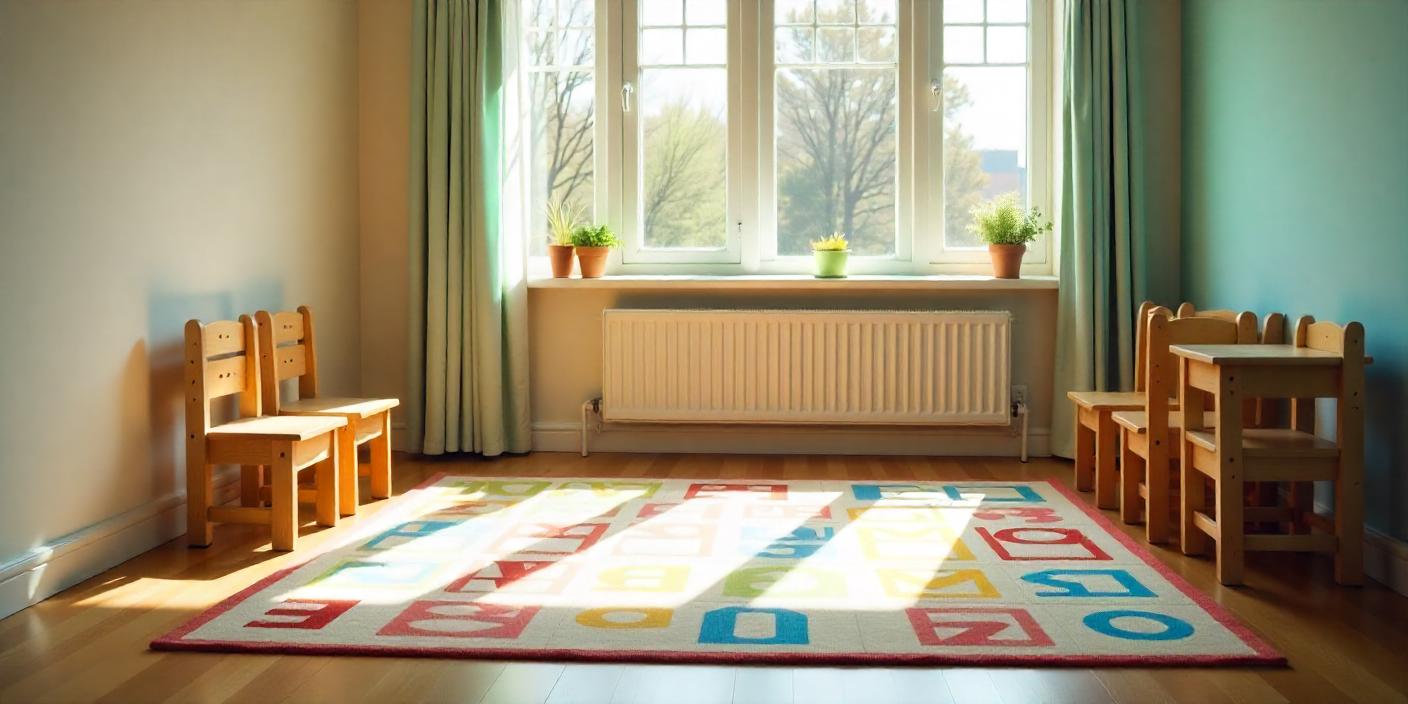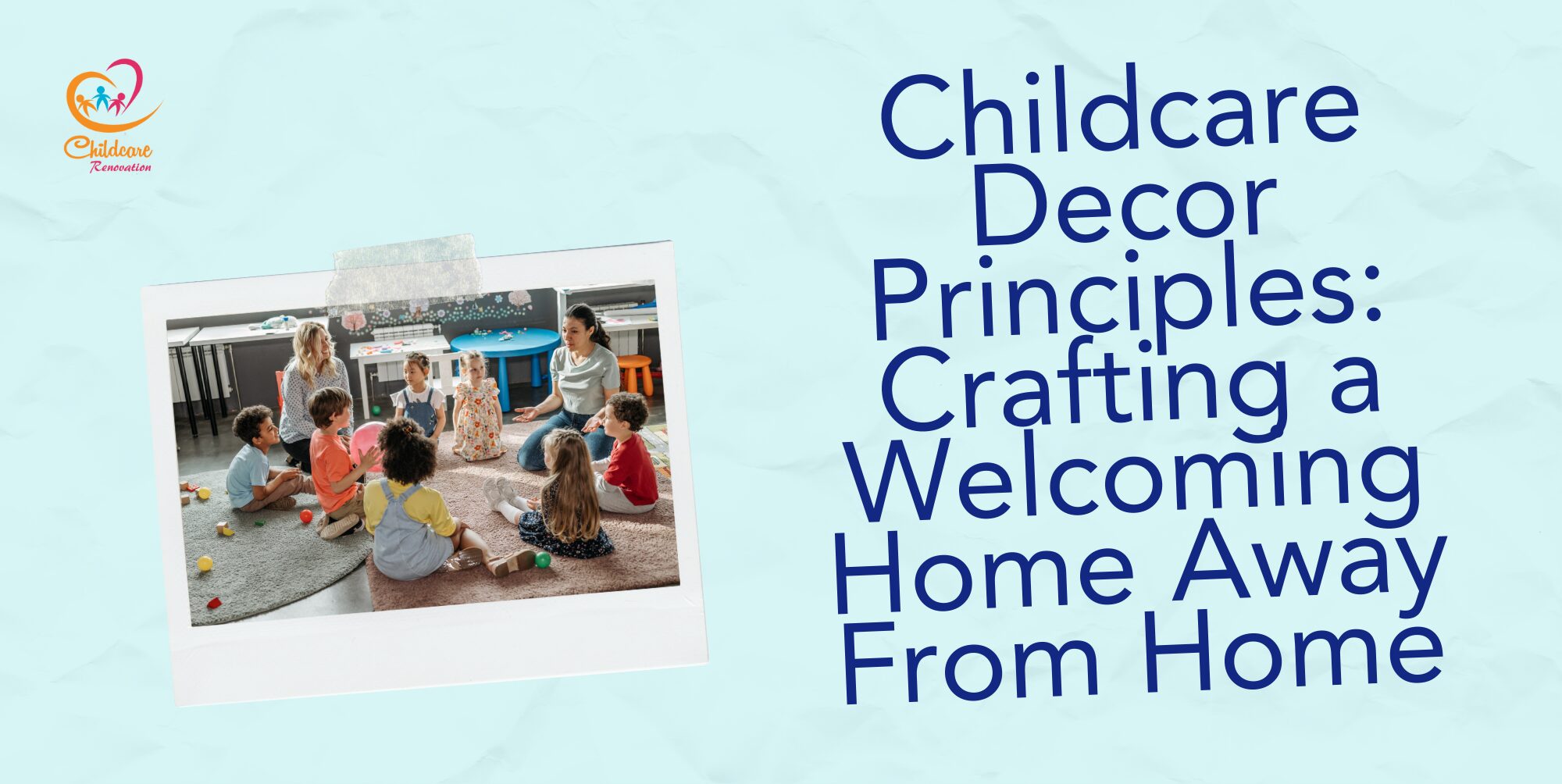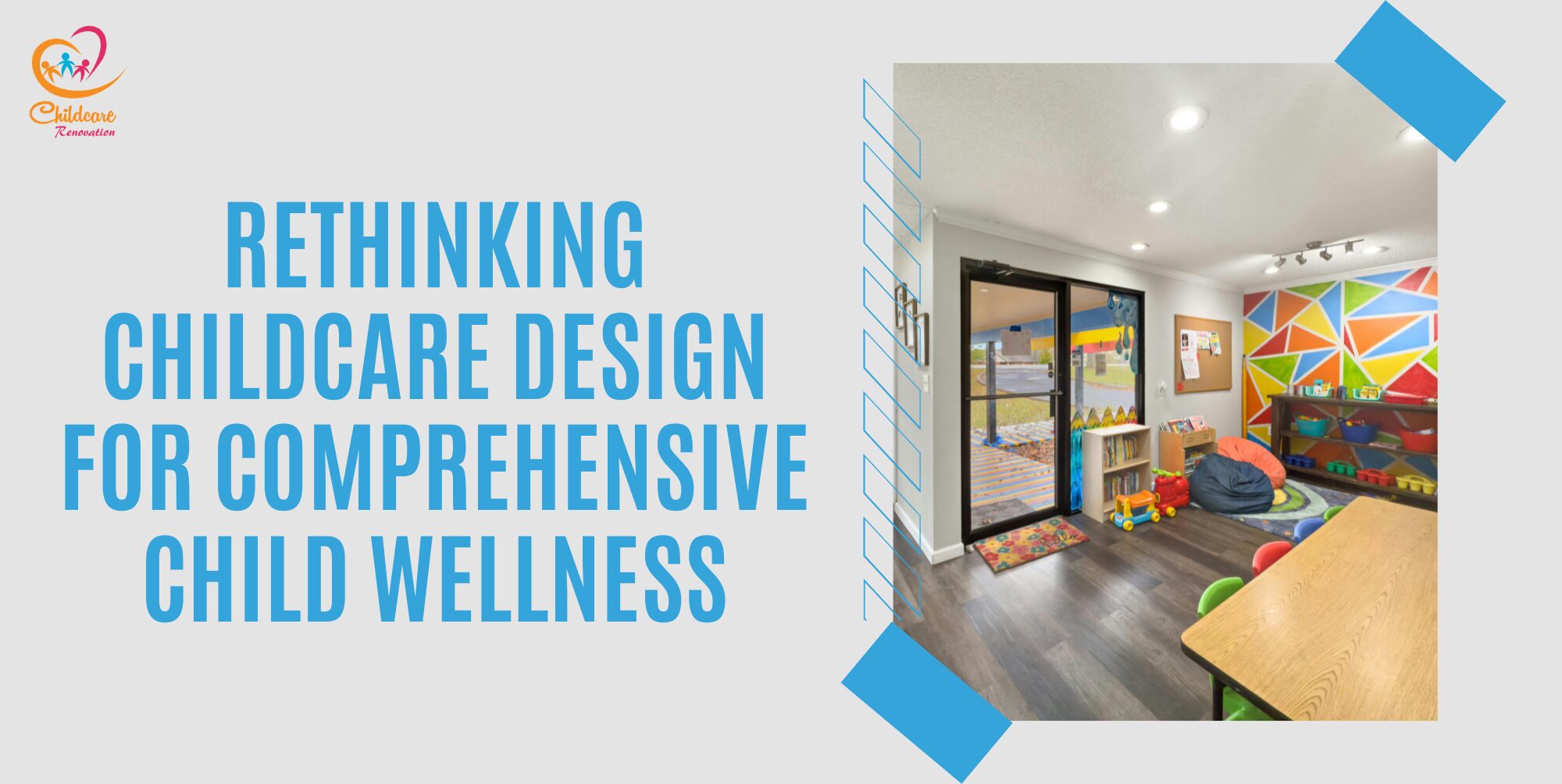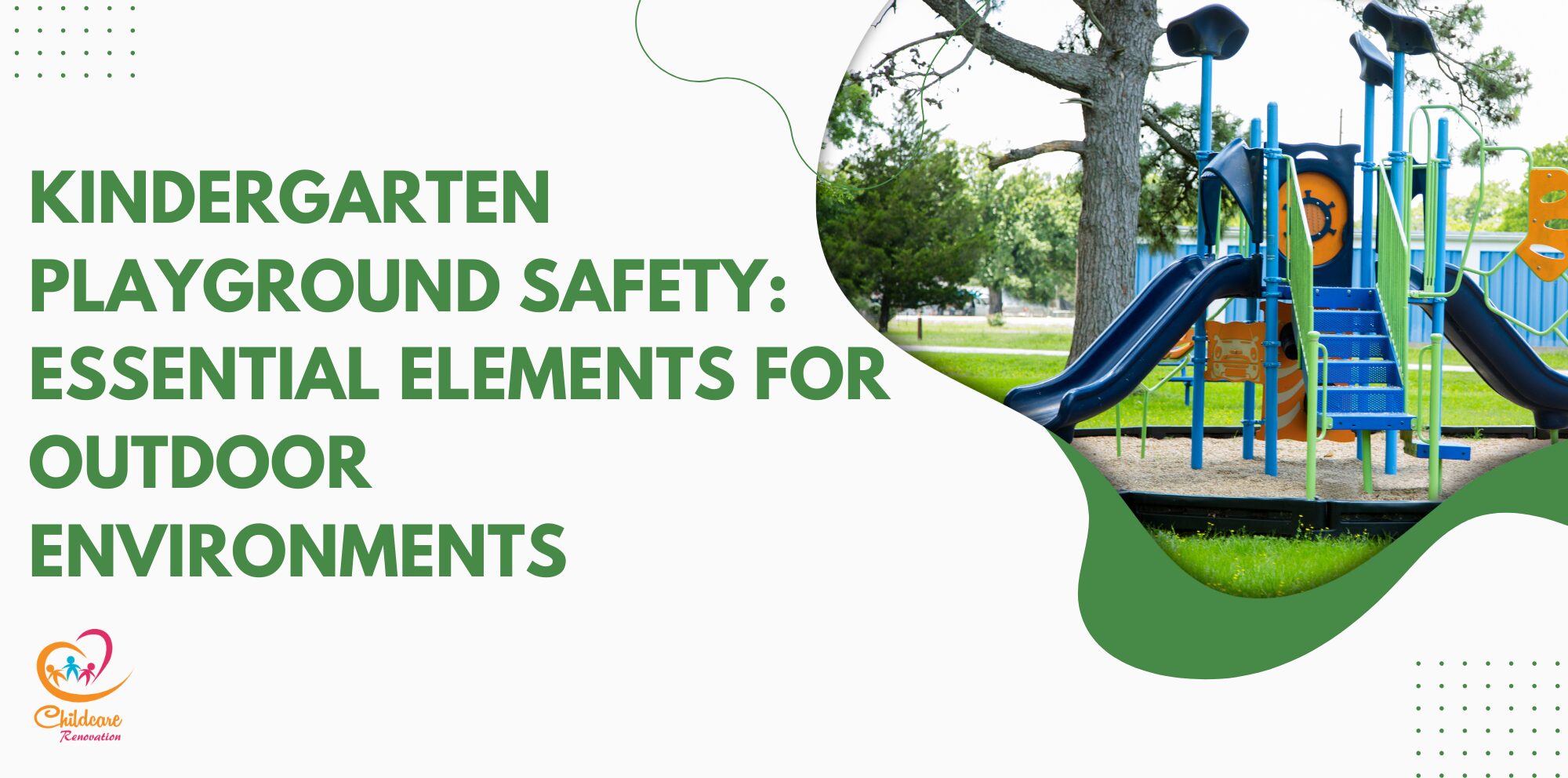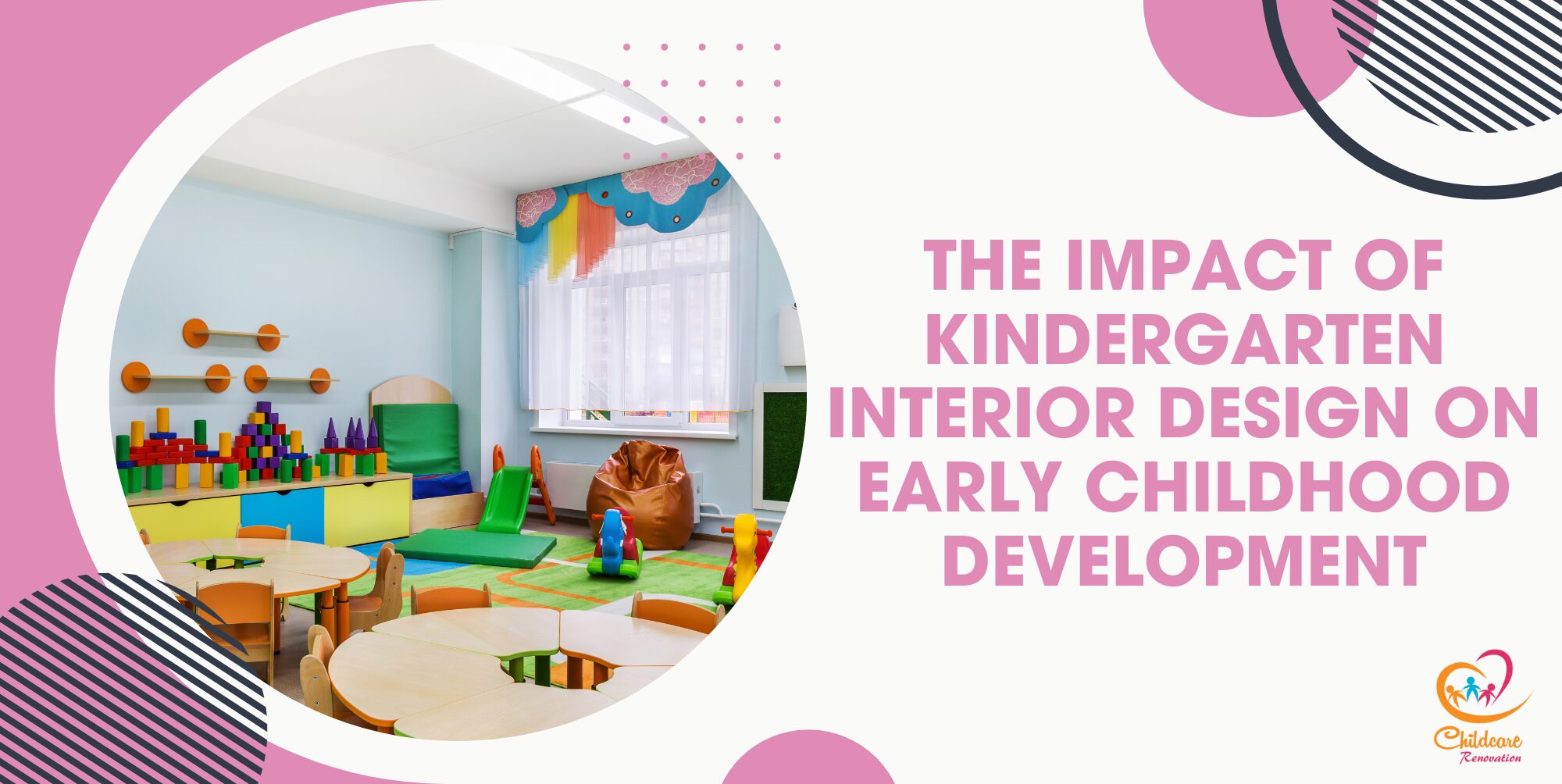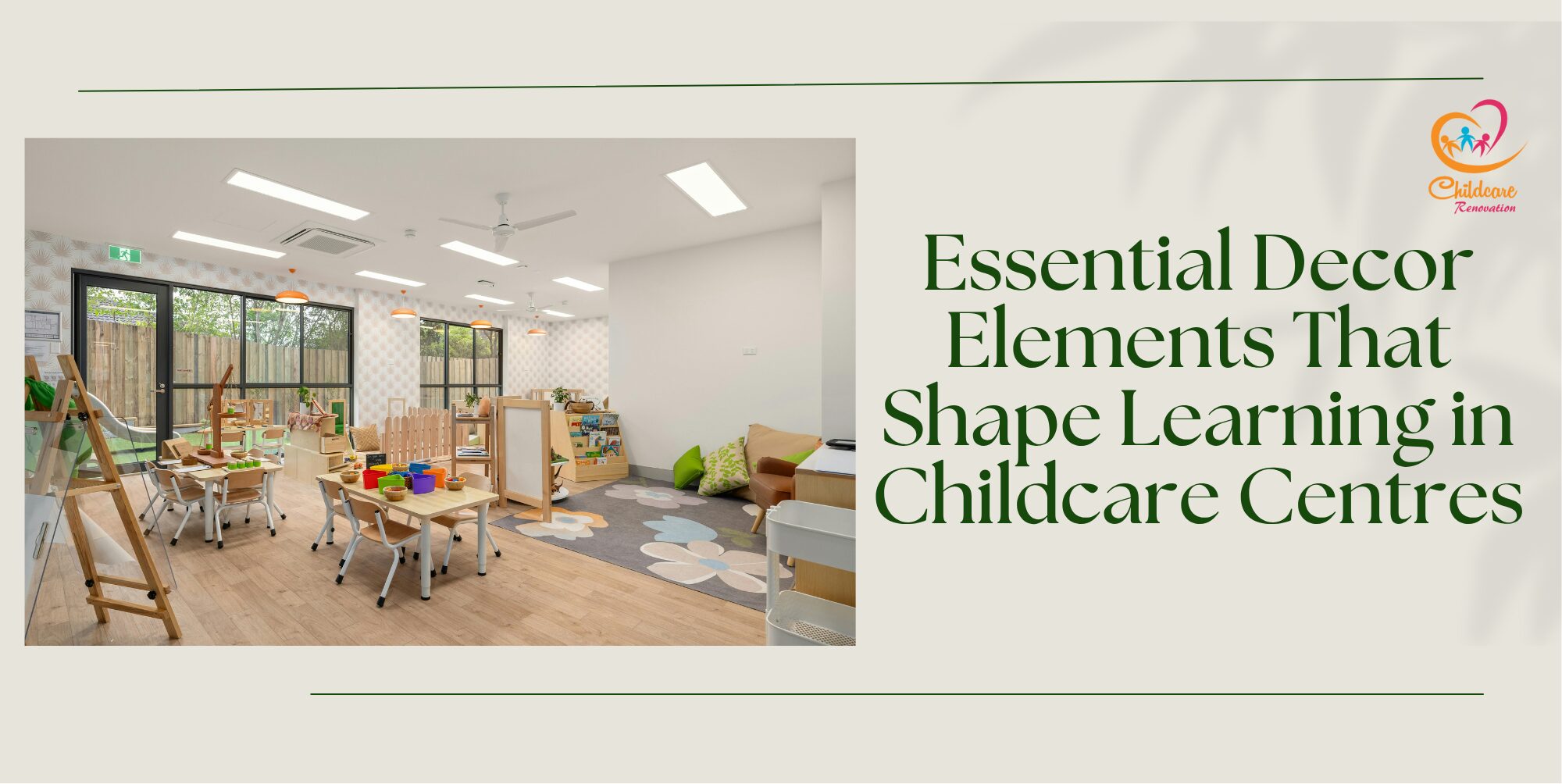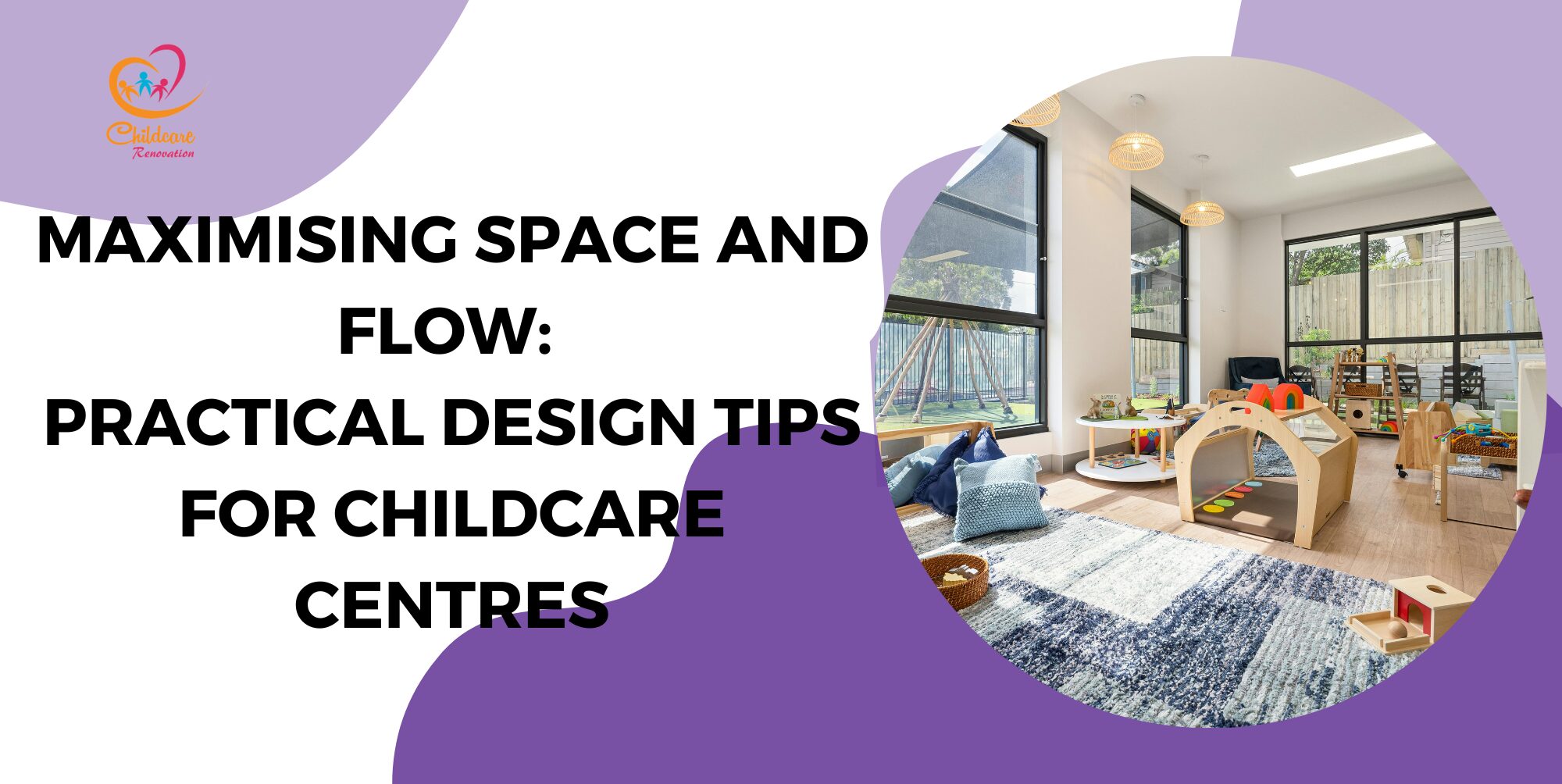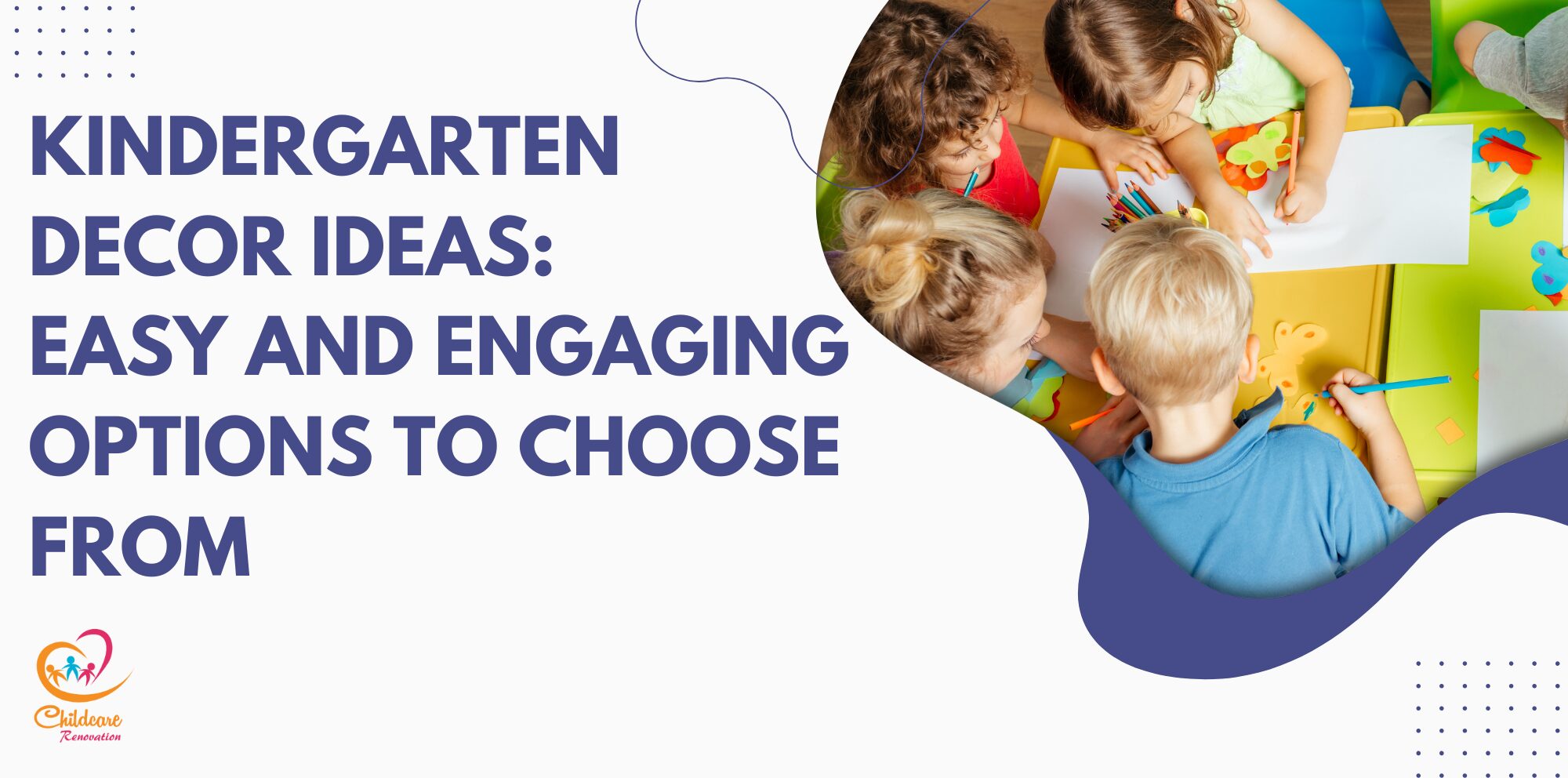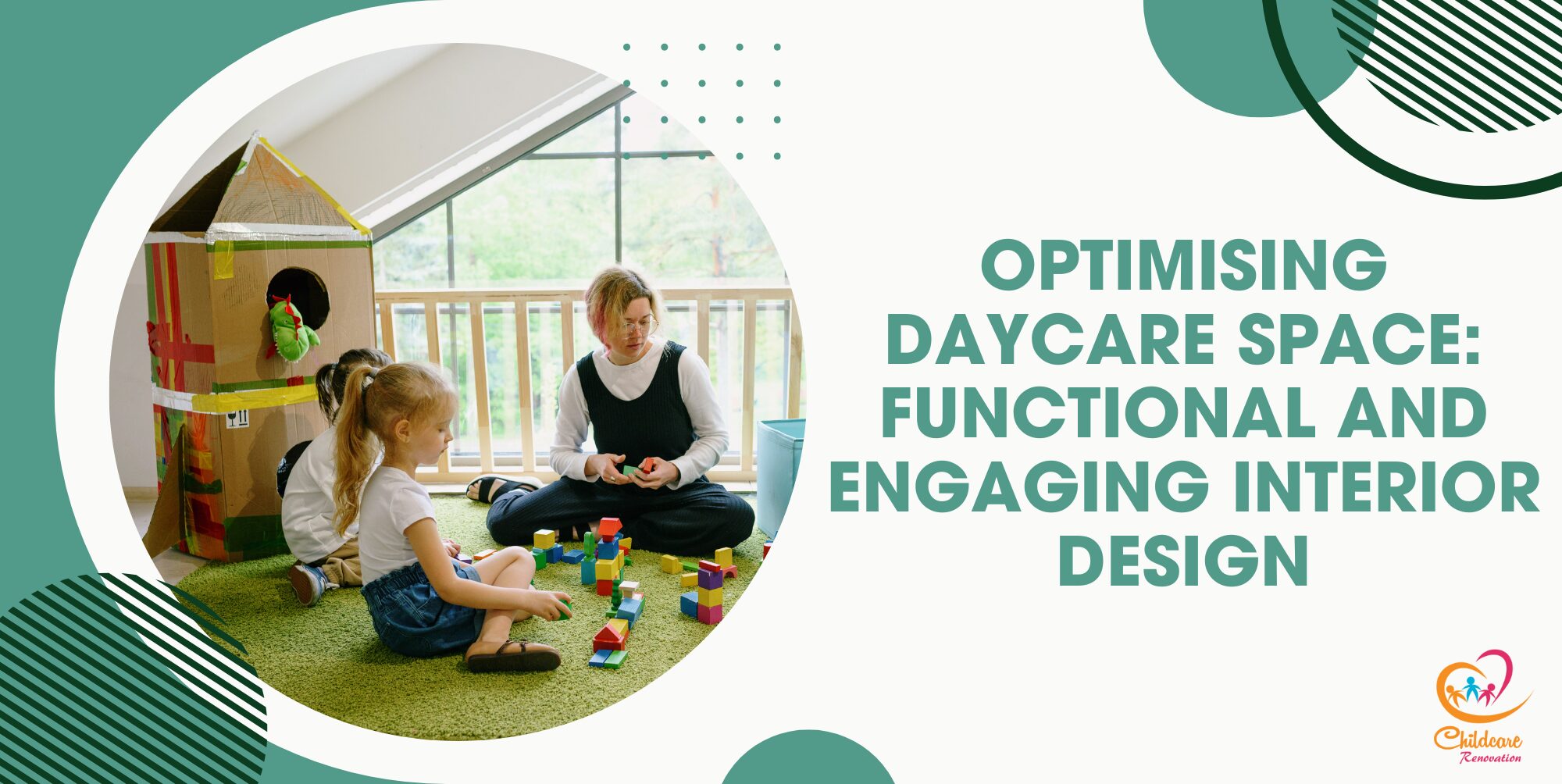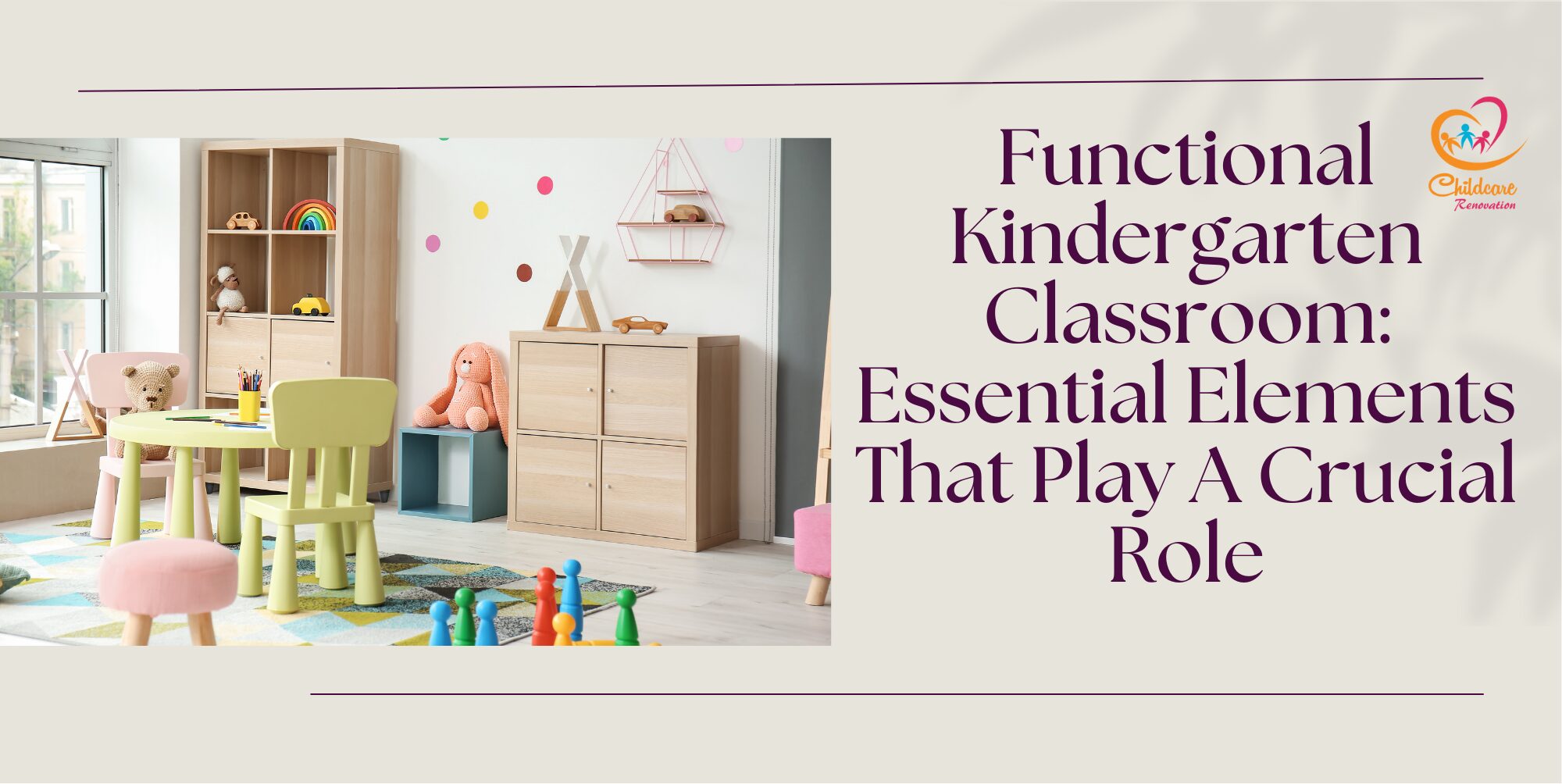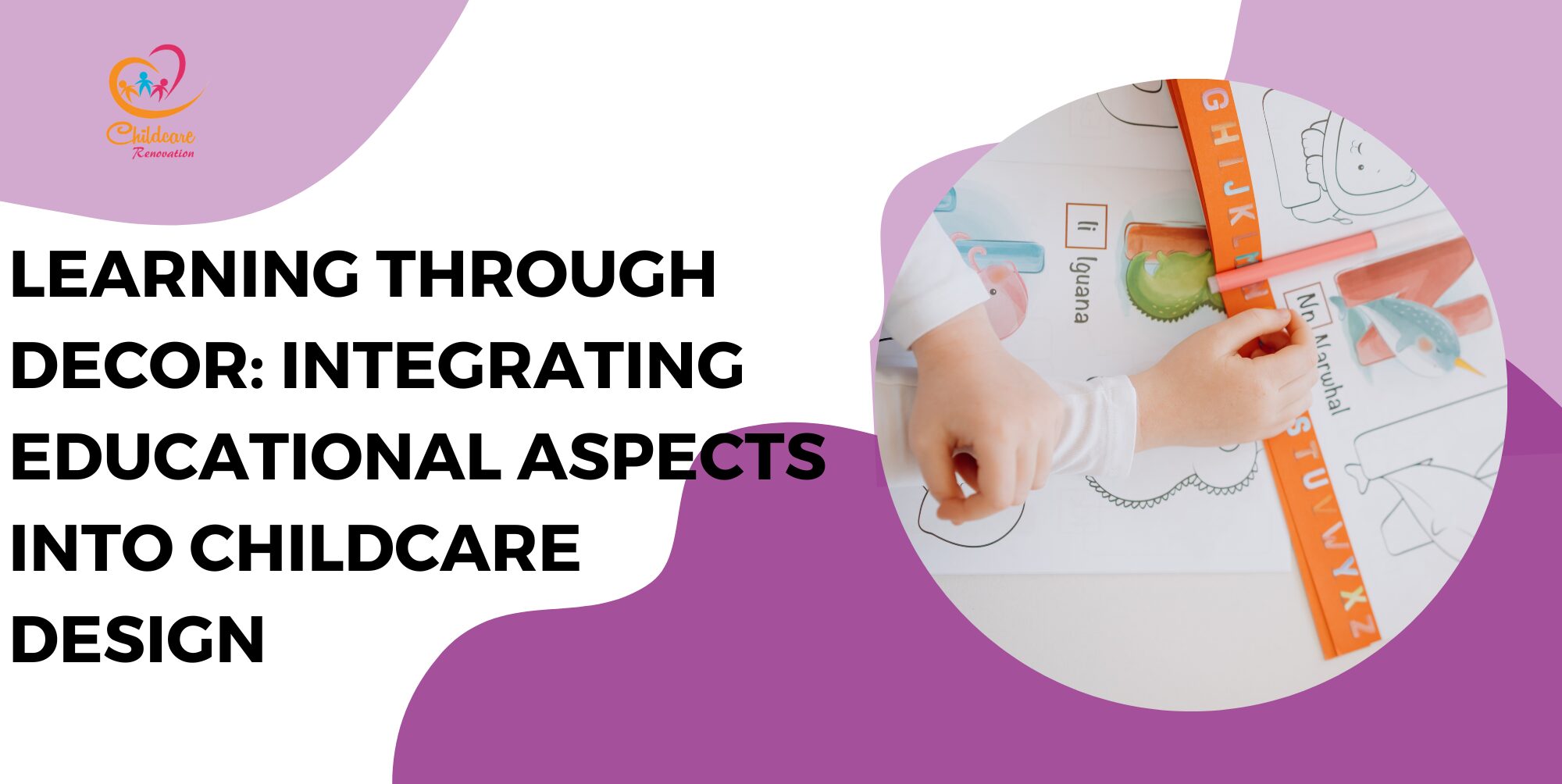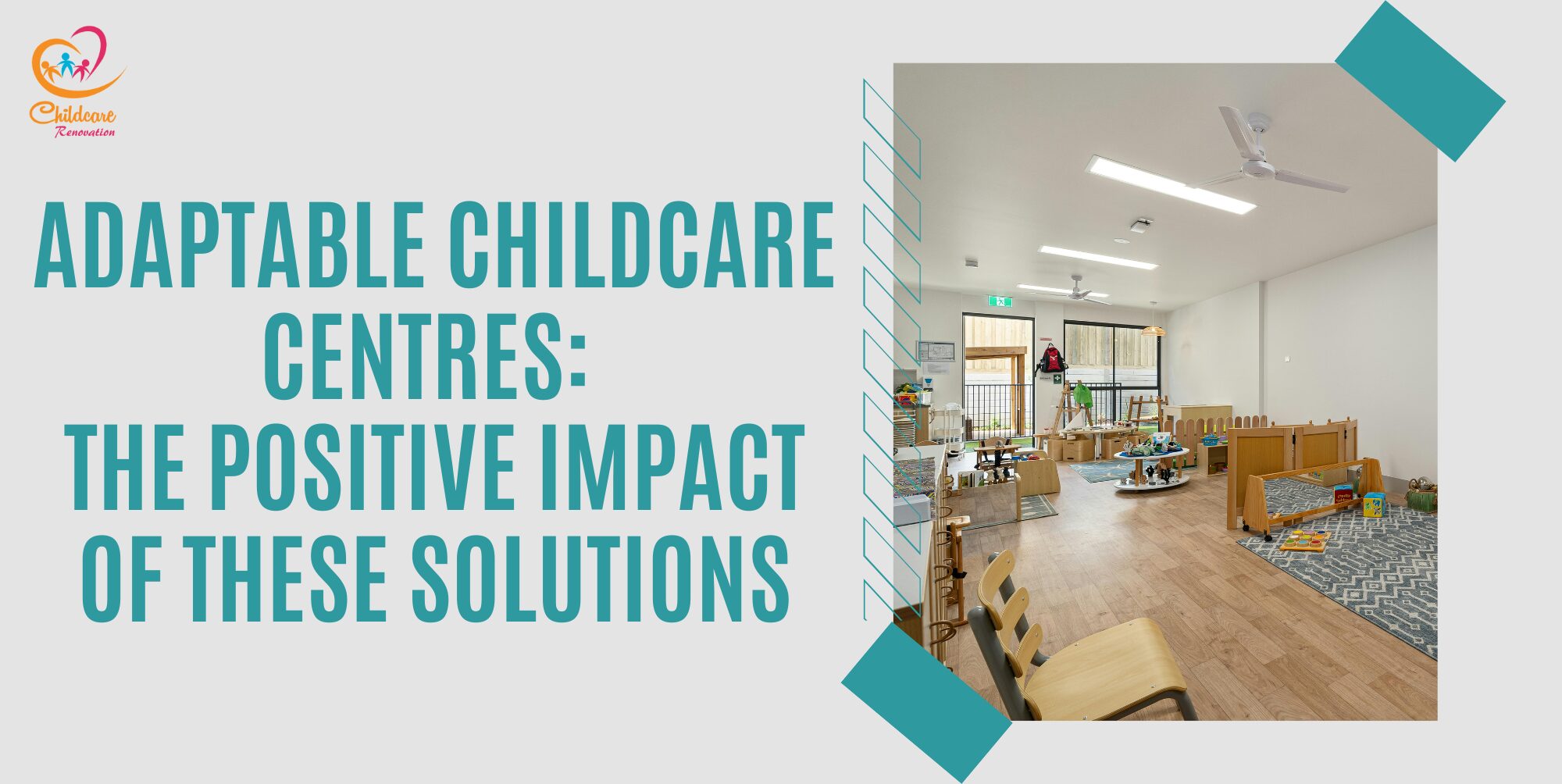Environments that educate shows the link between childcare centre design and its connection to a child’s growth. There are many ways to create a space that has a positive impact on young children. Continue reading to learn more.
Environments That Educate 1: Learning Areas Or Zones
Among the most efficient design techniques in childcare settings is creating specific learning centres or regions. These purposely separated settings — reading nooks, sensory tables, art centres, and STEM inquiry zones help to shape the environment in a way that is ideal for young children through focused, practical activities: Each area encourages a particular kind of cognitive growth.
While reading rooms, for example, foster language and literacy, sensory tables promote scientific thinking and fine motor skills through exploration and experimentation. Art corners let kids express thoughts visually and emotionally since they stimulate symbolic thinking and inventiveness. On the other hand, blocks or building locations foster teamwork, problem-solving, and spatial awareness.
By clearly demarcating these areas, educators allow kids to choose activities based on interest, so fostering decision-making capacity and independence. Encouraging routines and predictability as well helps the development of executive functions like self regulation and working memory. Both of which are very important. Moreover, spinning components inside every area keeps participation and offers fresh cognitive obstacles that encourages curiosity and more thorough learning.
Deliberate design of these learning environments enables kids to investigate, create, and question in a safe, supportive setting by means of a balance between stimulus and structure. Eventually, zones that are carefully constructed and developmentally appropriate convert childcare facilities into spaces not just caring for kids but also teaching them, fostering their cognitive development at these important early years.
Environments That Educate 2: Flexible and Modular Furniture
Creating childcare settings that actively promote cognitive growth depends on flexible and modular furniture. Unlike fixed, conventional classroom layouts, adaptable furniture enables teachers to quickly change the room to meet various age groups, developmental demands, and learning activities.
This flexibility helps kids to participate in both individual and group projects, therefore developing crucial cognitive abilities like problem-solving, decision-making, and spatial awareness, therefore creating a dynamic learning environment. Modular tables and seats, for instance, can be arranged for cooperation or divided for calm, focused activities, therefore teaching youngsters how to adjust to various social and cognitive expectations.
@nb.interior.design Why is the design of spaces for children so important? #switzerland #interiordesign #kindergarten #inspiration Photo: Dorner/Matt architekten website
Movable furniture also motivates kids to help organise their learning space, therefore strengthening independence, responsibility, and critical reasoning. Moving blocks, rearranging chairs, or converting a room for dramatic play provide a physical contact with their environment that helps to develop gross as well as fine motor skills, directly connected to brain development. Moreover, such furniture encourages inquiry-based and play-based learning approaches whereby the surroundings reacts to the child’s curiosity rather than restricting it.
Children develop links between ideas, test assumptions, and strengthen memories via hands-on activities when given latitude to investigate and experiment in a well-designed, flexible environment. All in all, adaptable and modular furniture is a strong educational tool that corresponds with how young children learn best: via movement, interaction, and exploration, not only in terms of ease. Designing classrooms that meet their needs helps to create an environment where cognitive development is not just supported but also inspired.
Environments That Educate 3: Child-Scaled Design
Child-scaled design is one of the most overlooked but yet powerful elements in promoting cognitive growth in early years surroundings. Appropriate furniture, fixtures, and learning tools transform the environment into one that encourages genuine interaction, autonomy, and discovery for young children.
Children’s innate inquisitiveness and want to engage with their environment help to nurture their independence and initiative when they can reach things on their own, open cabinets, or sit comfortably at a table made for their size. Creating executive function skills including problem-solving, decision-making, and planning calls for this autonomy. Moreover, a child sized environment lowers reliance on adult assistance, therefore inspiring children to take charge of their education, make decisions, and exercise trial and error thinking.
Developing logical thinking and self control depends on these cognitive activities, which are fundamental building blocks. Child-sized areas also lower physical stress and aggravation, so improving kids’ task and interaction focus. The deliberate design of available environments tells youngsters that their existence and active involvement count, whether it’s a low bookshelf brimming with inviting picture books or a sensory station at precisely the ideal height for little hands.
Ultimately, child-scaled design is about providing an empowering learning environment where active, hands-on activities suited to the developmental needs of young students may grow through cognitive growth. It’s not only about comfort.
Environments That Educate 4: Outdoor Learning Environments
Powerful extensions of the classroom, outdoor learning settings greatly aid kids in their cognitive development. Dynamic, multi sensory events offered in these natural surroundings encourage investigation, inquisitiveness, and critical thinking — essential building blocks of early education.
Children are asked to pose inquiries, record observations, and draw conclusions when they interact with components such sand, water, vegetation, and natural geography. Scientific reasoning and problem-solving abilities are strengthened by activities like gathering leaves, digging in the ground, or creating buildings out of free components. Outdoor play also develops risk assessment and spatial awareness, therefore motivating kids to make judgments and grow from the results.
@alyssaanselmo7
Moreover, natural surroundings foster attentional restoration and lower cognitive tiredness, therefore enabling youngsters to come back to indoor activities with fresh focus and mental clarity. The mystery of outside situations changing weather, textures, and life forms adds an element of freshness that keeps the brain active. Encouragement of teamwork and communication is also best suited for these venues since kids work together to investigate, create, or engage in role-play. Importantly, outdoor settings promote independence and self-directed learning, therefore enabling kids to follow their interests at their own speed and so supporting internal drive and independent thinking.
Incorporating green spaces, sensor gardens, or rooftop play areas can have these developmental advantages even in city childcare settings. Thoughtful outdoor learning areas help to develop well-rounded, resilient students in addition to improving cognitive results by fostering a lifetime relationship to the natural world. Accepting nature as a teacher allows childcare providers to build settings that genuinely instruct and encourage.
Environments That Educate 5: Interactive Walls and Surfaces
Through touch, sight, and kinaesthetic involvement, interactive walls and surfaces are effective instruments in early care planning that directly foster cognitive development. Interactive surfaces turn passive spaces into energetic learning environments, unlike conventional walls that just split space.
Encouragement for children to touch, experiment, and handle materials with activities that support sensory integration and fine motor growth — alphabet boards, number lines, textured panels, magnetic walls, and chalkboard surfaces provide. Tailored to different developmental levels, these walls provide age-appropriate tasks that help children to develop letter recognition, pattern creation, spatial awareness, and sequencing skills. Interactively surfaces also promote self-directed discovery, therefore helping kids to make decisions, solve problems, and repeat tasks until mastery is attained.
With hands-on exploration, this kind of experiential learning strengthens memory and enables children to create cognitive frameworks. Moreover, interactive walls encourage social learning since kids typically engage in parallel play or work together with peers while exploring the surfaces. This fosters cooperative thinking and communication abilities, both strongly related to cognitive development. These walls effortlessly combine play and learning by incorporating educational content inside the physical environment, therefore promoting a constructivist approach wherein knowledge is actively constructed rather than passively ingested.
The trick is to create these characteristics thinking of adaptability, sensory diversity, and accessibility so that all children can interact meaningfully irrespective of aptitude or learning style. Interactive walls and surfaces finally show how clever parenting design may produce settings that transform normal surroundings into effective cognitive growth resources.
Speak with The Experts
Planning to get started at your kindergarten but have no idea about it?
Childcare Center Renovation Singapore is a reliable company for renovation and interior design. They have about ten years of experience in this field and have a good reputation among customers.
Call us now to get your desired kindergarten design ideas now!

